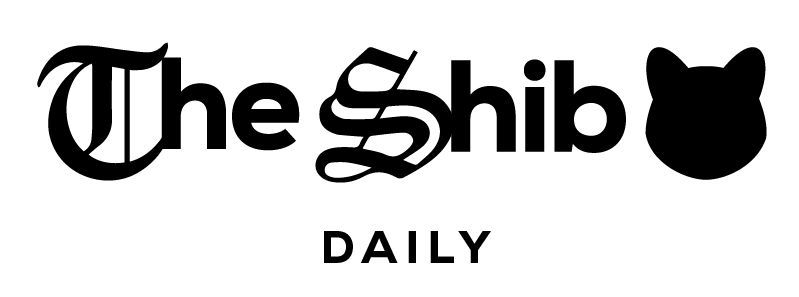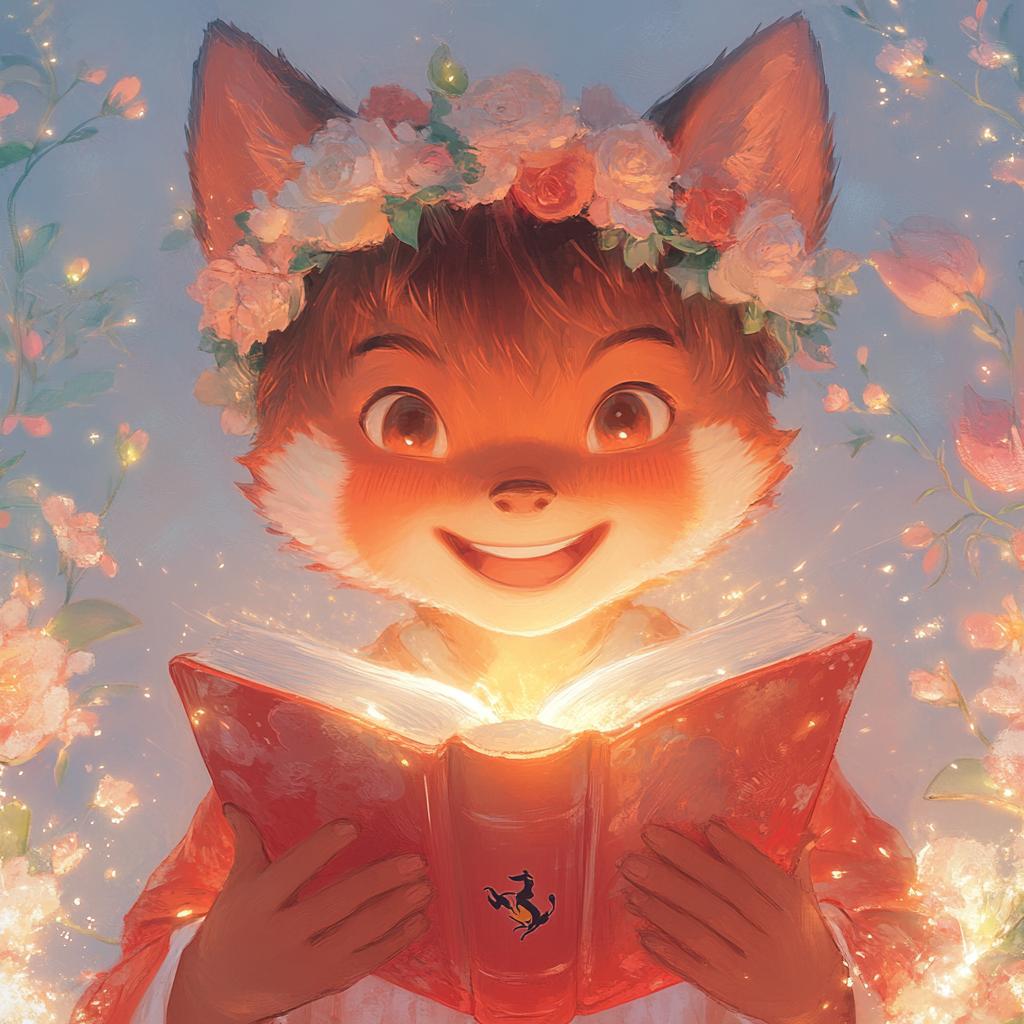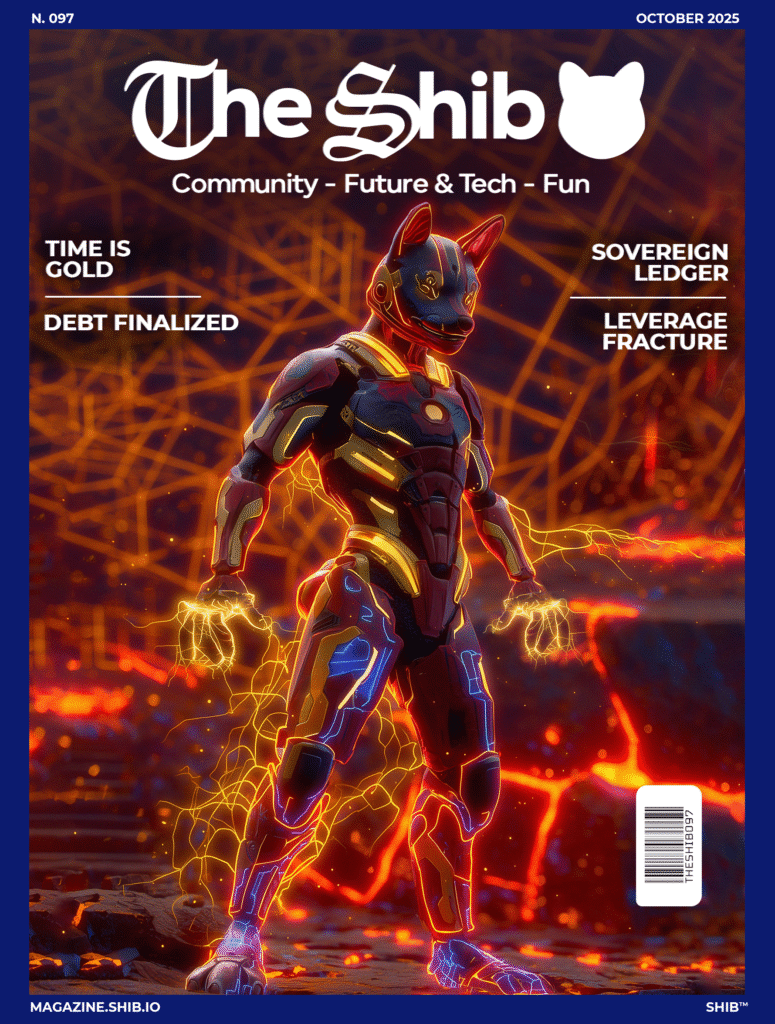Web3 is rewriting the rules of entertainment. Audiences aren’t just watching anymore, they’re participating. From funding indie films to co-owning digital art, fans are stepping out of the audience and into the story.
Key points:
- Web3 makes audiences co-creators. Fans now fund, vote on, and even own parts of the media they love through NFTs, DAOs, and tokens.
- Transparency replaces gatekeepers. Blockchain lets creators and fans connect directly, with open funding and shared rewards.
- Media power is shifting. Creation is becoming community-driven, blurring the line between storyteller and audience.
Traditional media used to keep control in a few hands: studios created, corporations distributed, and viewers consumed. But now, blockchain-powered platforms are breaking down those walls, giving anyone the chance to contribute, invest, and even profit.
The result? A shift from passive consumption to creative collaboration, the kind of media revolution that puts the audience in the director’s chair.
What Web3 Brings to the Media Table
So what exactly is Web3, and why is everyone acting like it’s the sequel we’ve been waiting for? In short: it’s the internet, but with superpowers. Web3 is built on decentralization, blockchain technology, and user ownership, three ideas that flip the old “you are the product” model on its head. Instead of a few platforms owning everything (and everyone’s data), Web3 gives users and creators real control over their digital lives. Think of it as moving from renting space on someone else’s platform to actually owning a piece of the internet.
And that’s where things get spicy for media. Because when you remove the middlemen, you get transparency, everyone can see how content is created, distributed, and monetized. No mysterious algorithms gatekeeping your reach or ad deals happening behind closed doors.
Even better, Web3 turns the traditional audience into a community. Fans can directly support creators through tokens, non-fungible tokens (NFTs), or decentralized DAO memberships, basically, your followers become shareholders in your creative journey. It’s not just about views and clicks anymore; it’s about shared rewards, co-creation, and real alignment between artist and audience.
In other words, Web3 brings receipts, relationships, and rewards to the media table, and the menu’s looking better than ever.
Related: Bitget Doesn’t Sleep: The New $500M Shift to On-Chain Stocks
From Consumers to Co-Creators: Real Examples
Web3 has officially flipped the script on traditional media. Audiences aren’t just watching anymore, they’re participating. From owning storylines to voting on what projects get made, fans are stepping into the creative process like never before. Here’s how it’s playing out:
NFT Storytelling: Owning the Narrative
Writers and artists are minting story arcs, characters, and exclusive content as NFTs, letting fans own a literal piece of the story world. In some projects, NFT holders even get voting power over plot decisions, think choose-your-own-adventure, but decentralized. It’s storytelling that rewards fandom with actual creative influence.
Fan-Funded Projects: Power to the People
Through DAOs and token-based funding, fans can decide which films, podcasts, or series get greenlit. No gatekeepers, no corporate committees, just communities pooling resources to back what they love. It’s crowdfunding 2.0, where supporters don’t just donate, they participate.
Projects like Decentralized Pictures (DCP), co-founded by Roman Coppola, let token holders vote on which scripts receive grants and production support.
Decentralized News: Journalism on the Blockchain
In early experiments with tokenized news platforms, readers are funding stories, verifying facts, and sharing in the revenue. This model invites audiences into the newsroom, aligning incentives for truth and transparency.
Related: Jump Trading Faces $4B Lawsuit For Rigging the Terra Collapse
Web3 media is breaking the fourth wall. Audiences are no longer passive spectators, they’re becoming co-creators, investors, and collaborators in the stories they love.
Mirror.xyz is one of the leading Web3 publishing platforms, where writers can mint their articles as NFTs, crowdfund investigations using tokens, and share revenue with supporters. It’s been used for everything from crypto journalism to long-form investigative writing.
Why It Matters: Power Shifts and New Incentives
Web3 isn’t just adding new tools to the media world, it’s rewriting the rules of engagement. By blending ownership, community, and technology, it’s redistributing power in ways traditional media never imagined. Here’s what that looks like:
- Fans gain real influence – Web3 lets fans move from audience to active participants. Through tokens, NFTs, and Decentralized Autonomous Organizations (DAOs), they can fund the projects they care about, vote on creative decisions, and even share in the success. It’s no longer about just liking a post, it’s about shaping the story.
- Creators build deeper, more loyal communities – With blockchain-backed transparency and smart contracts, creators can connect directly with supporters. Instead of chasing algorithms or ad revenue, they can reward fans with exclusive content, early access, or even profit-sharing. The relationship becomes a partnership, not a transaction.
- Traditional media faces an identity crisis – As audiences experience ownership and inclusion through Web3, the top-down model of old media starts to feel outdated. People don’t just want to consume, they want to contribute, collaborate, and see the impact of their engagement.
The shift is clear: Web3 is dissolving the line between creator and consumer, turning media into a shared experience where everyone has a seat at the table, and sometimes, even a stake in the story.
The Big Picture: Participatory Media’s Future
Web3 is quietly redrawing the media map. What began as experiments with NFTs, DAOs, and tokenized storytelling is evolving into a broader movement, one where fans and creators share control of the stories, music, and platforms they love. Over the next decade, creative industries could shift from top-down empires to decentralized ecosystems powered by communities instead of corporations.
This participatory future blurs the line between audience and creator, turning entertainment into something co-owned and co-shaped. The question now isn’t whether Web3 will change media, it’s who will own it next: the corporations that built it, or the crowds redefining it?












